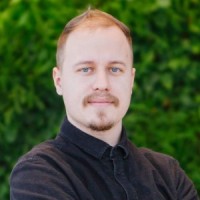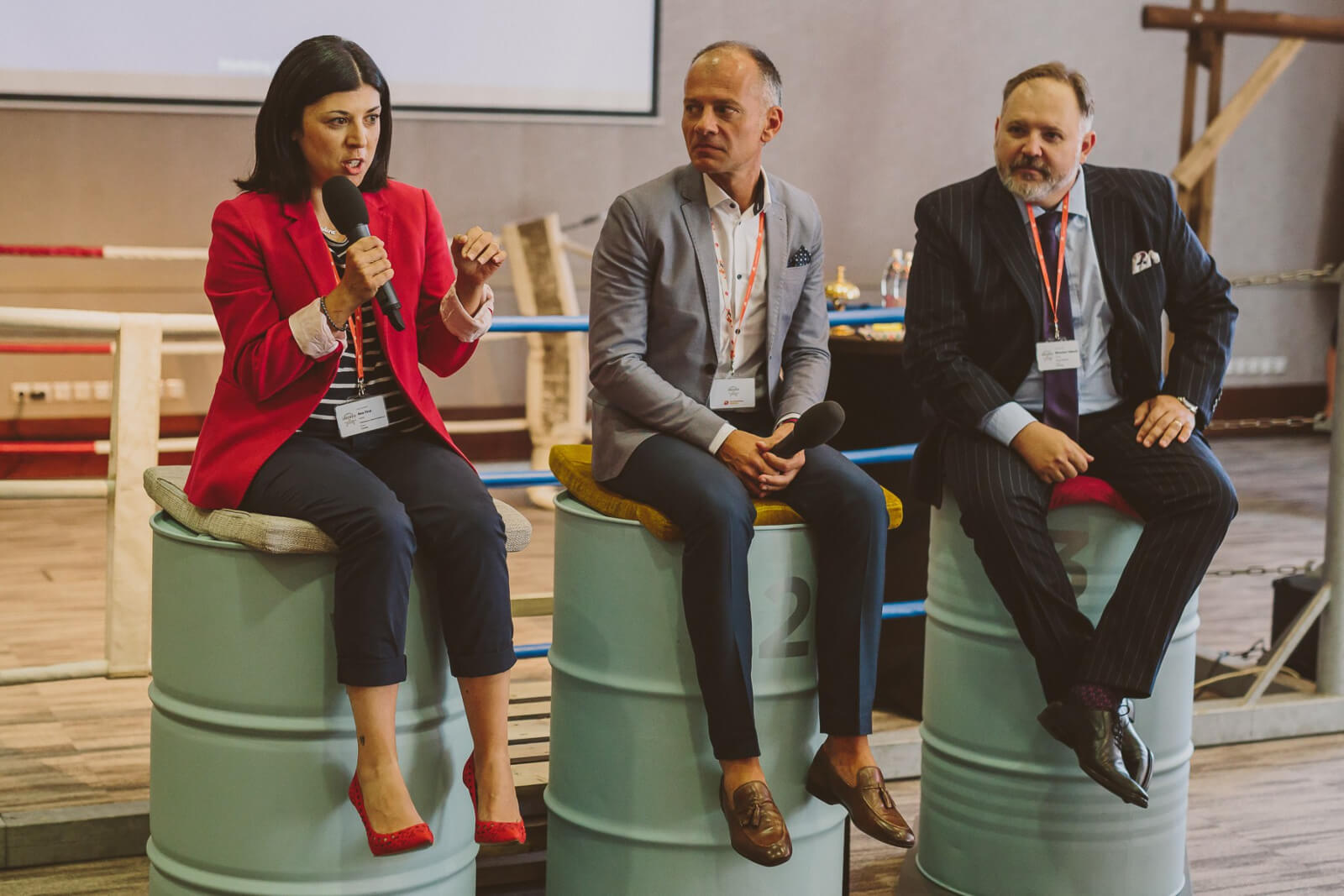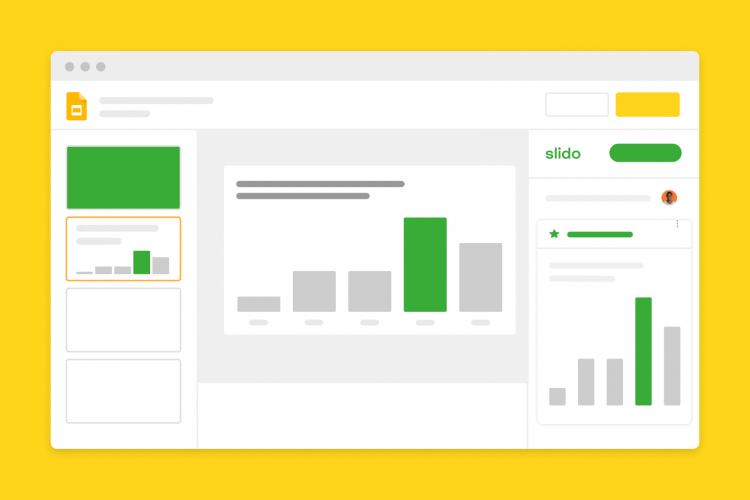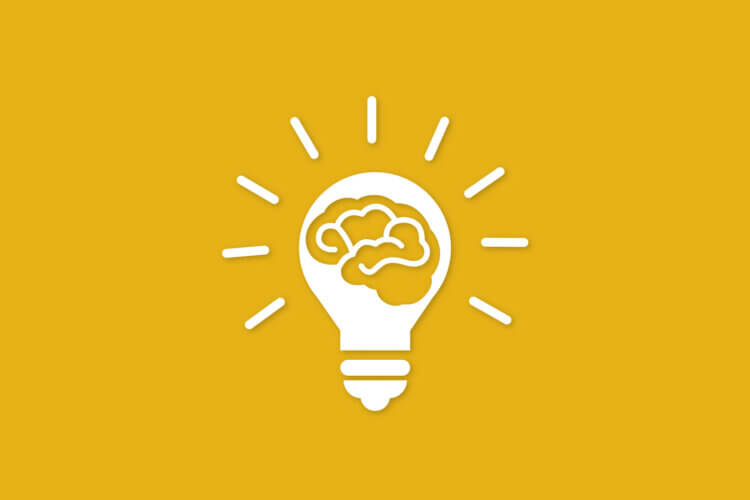The times when participants attended events just to listen to a string of presentations are over. People expect interaction. They want to be part of the experience.
But living up to these new expectations means that we as event planners need to innovate. And innovation goes hand in hand with embracing new session formats, experimenting with space, and not shying away from the latest technologies.
For many, this idea might seem daunting, but it is the only way to success as Luke Stallard, Head of Programming at EuroFinance, noted at our recent event.
“If you want to stay competitive, you need to make your events interactive. People are tired of one-way presentations without having a chance to participate. Interaction needs to be at the heart of how we organize events.”
Taking these major trends into consideration, the star team of Toleranca Marketing led by Gorazd Čad decided to ditch traditional approaches to event planning. With Conventa Crossover, they embraced the unknown, turned things on their head and experimented with new ways of presentation and interaction.
The result?
Conventa Crossover was one of the most innovative events I’ve attended in the past three years. Inspired by the Danish concept Meetovation, Crossover brimmed with ingenious meeting design ideas that created wonderful interaction.
Having been a part of this innovative event, I would like to share my key learnings on creating amazing audience engagement at your next event.
Inspiring environment
Exceptional conferences start with exceptional spaces. A meeting space is like a silent sidekick that can have a major impact on delegates’ productivity, creativity, and overall experience.
In line with the IACC’s findings on the venues of the future, the Hotel Lev in Ljubljana provided an exceptionally creative space that delighted the audience and stimulated learning. It allowed for:
- Great flexibility in the meeting space
- Availability of networking areas
- Access to interactive technology
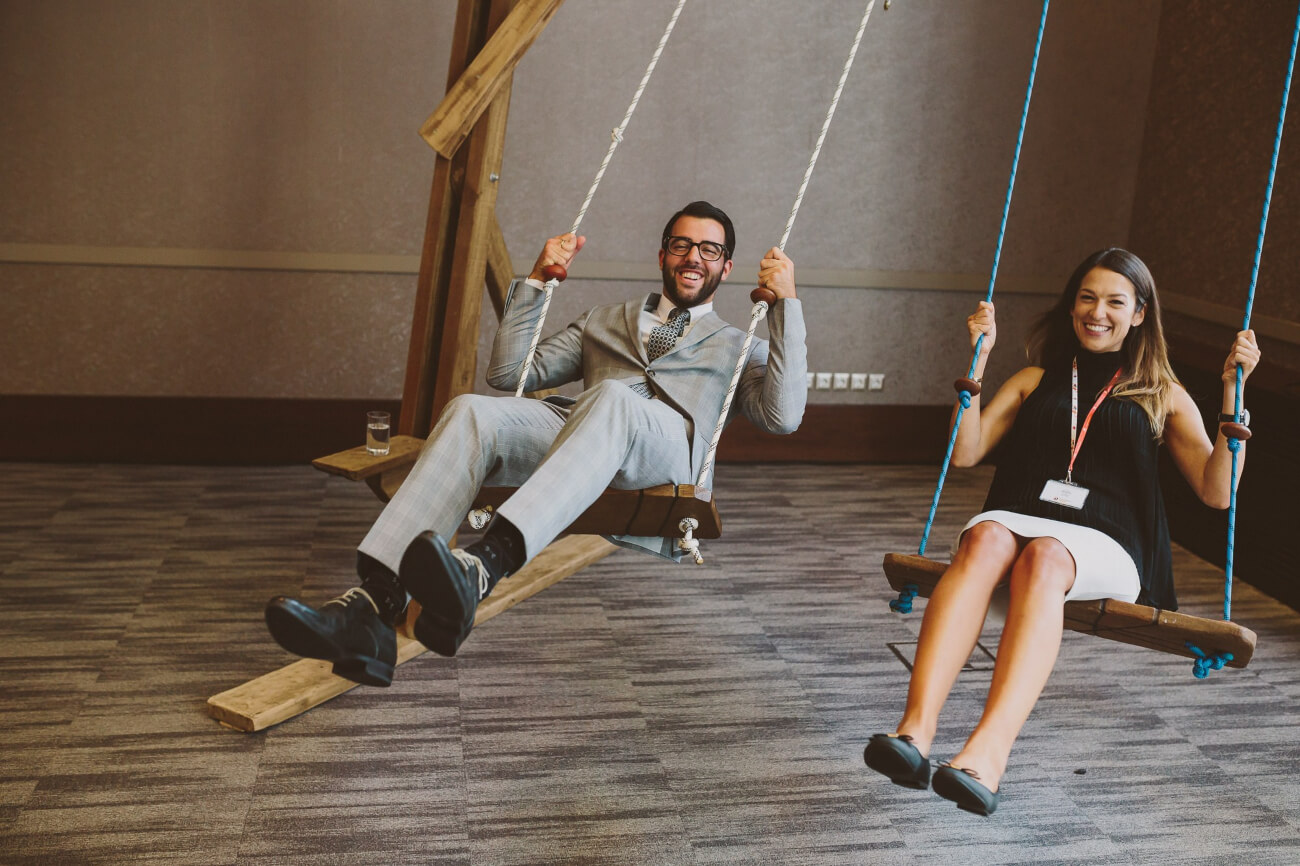
In this creative space, there were two main areas where the content was delivered.
Content bar
Even though I was a bit skeptical at first, the concept of a content bar worked like a charm. The idea was simple:
Bar = Stage
Bartenders = Speakers
Drinks = Content
The serving method = Pecha Kucha
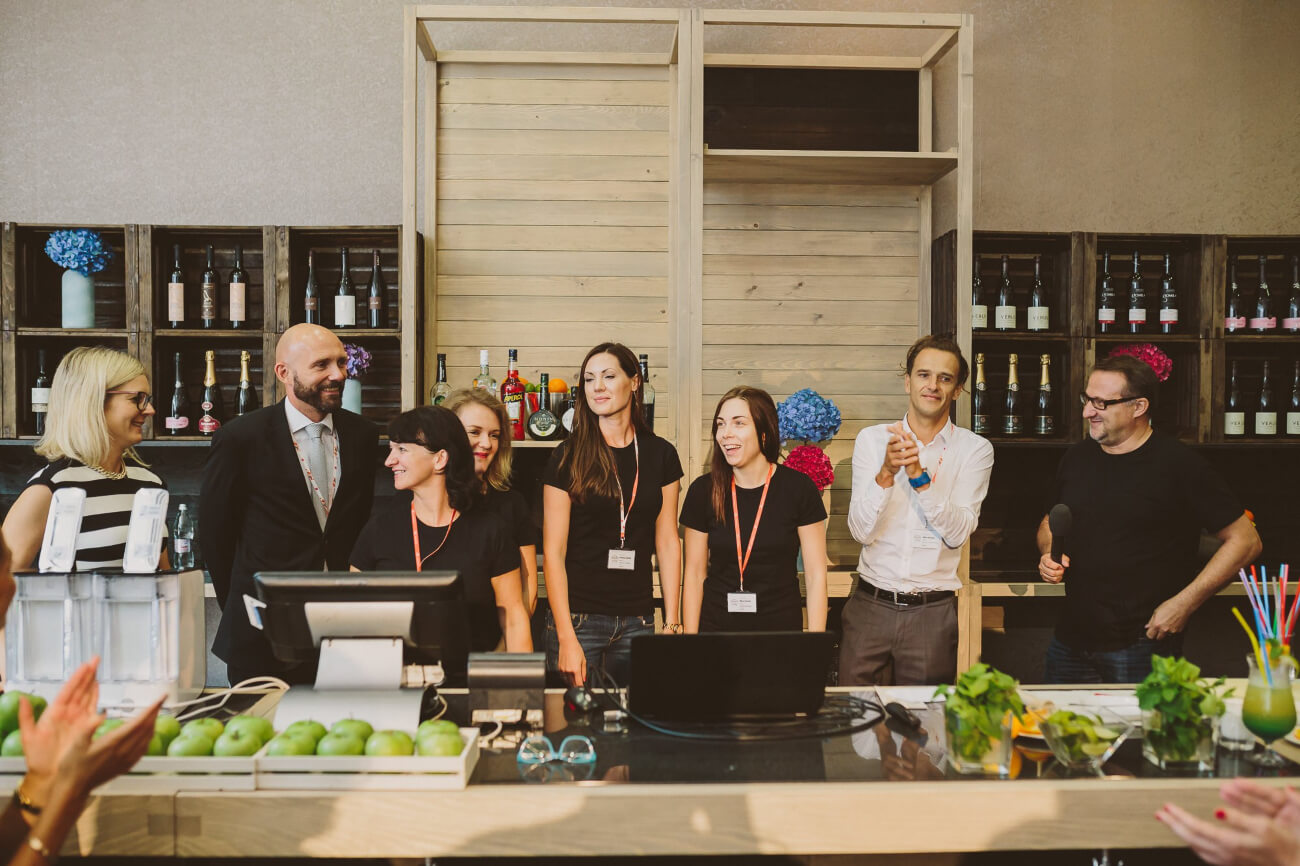
To elaborate on the idea, there was a round of five speakers in one block, who delivered brisk 6:40-minute presentations (20 slides x 20 seconds) over the counter. This way, the audience was exposed to a fairly large number of ideas in a short time, without being in danger of death by PowerPoint.
Marketing ring
There was a marketing ring on the other side of the room. This is not a metaphor. Gorazd’s team put up a real boxing ring that the speakers needed to enter by climbing over the ropes. Isn’t that awesome?
The marketing ring was dedicated to TED presentations. Once again, the presentations were dynamic, capped by an 18:00-minute cutoff and then followed by a lively Q&A session.
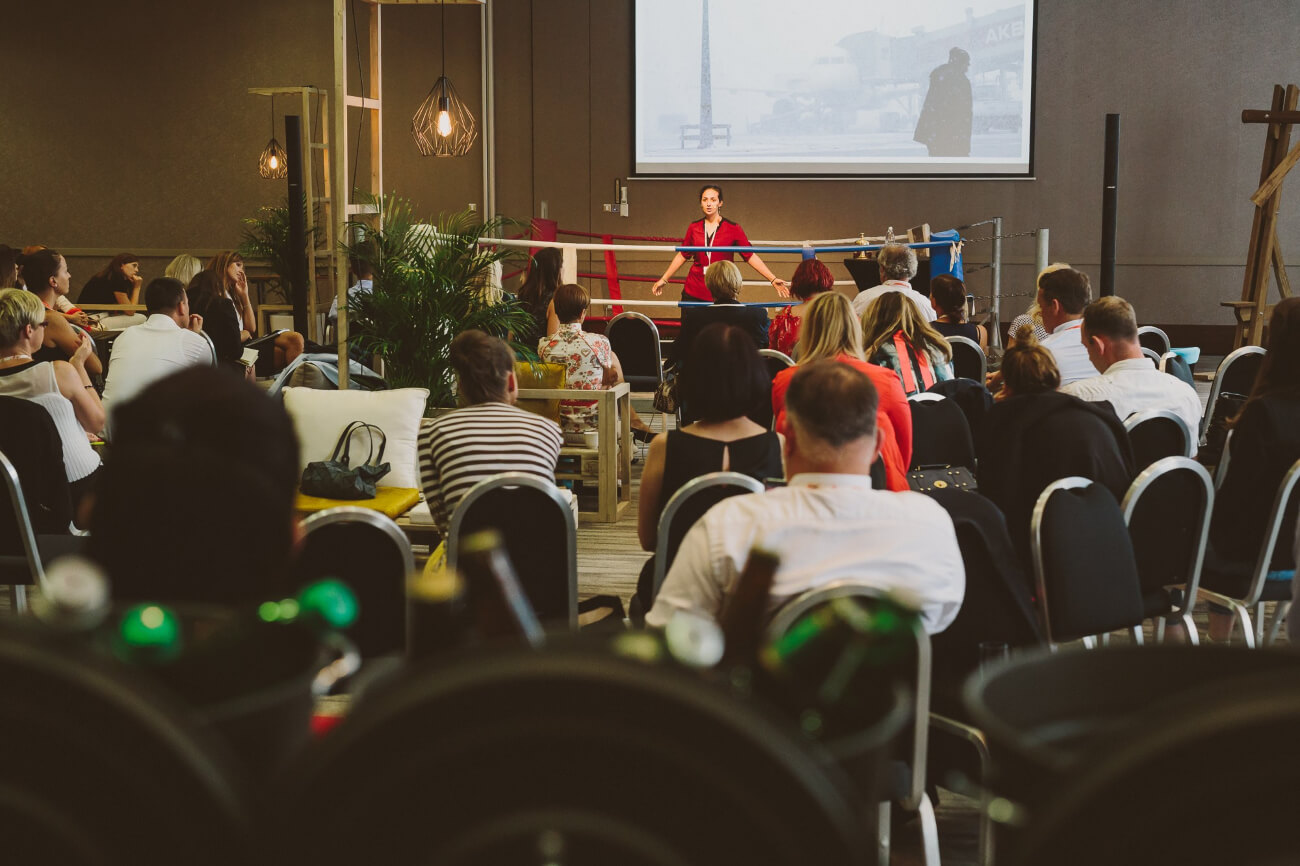
So once the content bar closed, audience members were asked to grab their chairs and turn them the other way to face speakers in the ring. Getting people to physically move after each block was a quirky trick that helped keep the energy in the room high.
Panel on a barrel
Conferences often set up a long table behind which they seat five to six panelists. You didn’t find anything like that at Crossover. Thanks to the flexibility of the venue, moderator Jan-Jaap in der Maur ditched traditional tables and chairs. Instead, he seated the panelists on barrels and brought them close to the audience.
People loved the idea. Before the session kicked off, Jan-Jaap was asked to give people a few moments to take photos. This proves that creative meeting design can also create tweetable moments. Then, when this one-time session was over, the barrels were simply put away.
Professional facilitation
When we speak with event planners, we always stress the importance of the event moderators. This is because a moderator holds the decisive role in creating great interaction. Gorazd and the team didn’t leave anything to chance. They invited meeting design expert and seasoned moderator, Jan-Jaap in der Maur from Masters in Moderation, to steer the event.
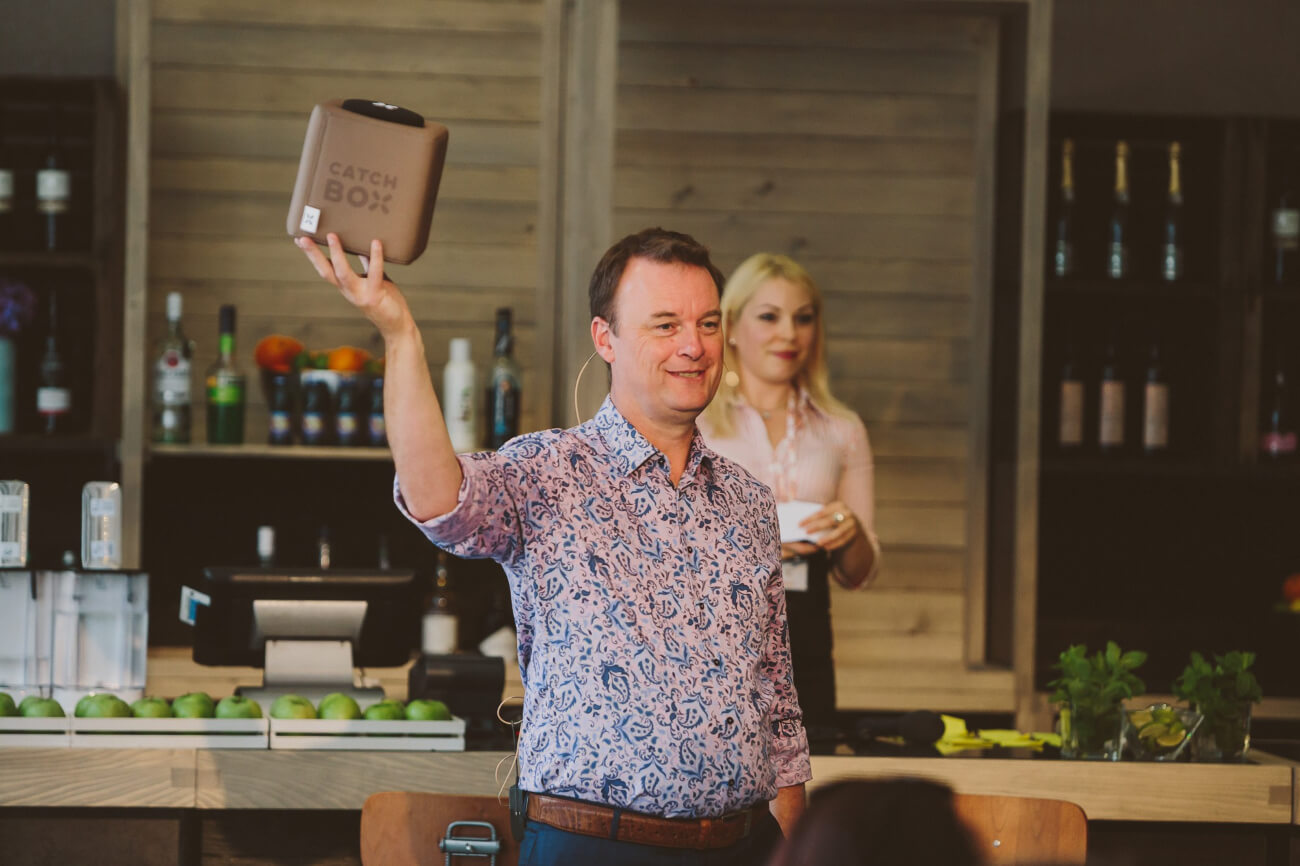
Once again, Jan-Jaap did a marvelous job, keeping everyone engaged from the start to the end. Below, I’d like to highlight some of the brilliant facilitation techniques that I absolutely loved:
Boosting participation in word cloud polls
To boost participation, Jan-Jaap created face-to-face time and used evocative exercises to get people to imagine and discuss what their work environment would be like in 10 years’ time. Only then, he had the delegates submit their contributions via Slido, which were then displayed in a form of a word cloud.
Giving people time for reflection before the Q&A
People are often still in a listening mode when you jump on them with a request to ask questions after the presentation.
To encourage them to formulate questions, Jan-Jaap gave the audience enough time to reflect on the topic and switch to an interaction mode. It took a few moments but then the questions started pouring into Slido.
Restoring the energy
At one point, the energy in the room dropped; Jan-Jaap told people to stand up and exchange seats. The movement instantly helped to boost the energy.
Finishing on a high note
Even though the event was amazing, people were tired at the end of the second day. To finish on a high note, Jan-Jaap got people to stand up and gathered them around the ring for a Q&A session. Then he did the CatchBox toss.
The CatchBox toss
People were shy to ask questions. Jan-Jaap got people to toss the CatchBox while Ottavio Cambieri spun tunes on Mash Machine. When he stopped the music, the person who had the mic had to speak.
There are two advantages to this: First, the randomness takes off the pressure of being forced into the spotlight. Second, people never know when the mic will end up in their hands, so they need to reflect on the content in order to prepare a question.
Relevant content
With all the fuss about engagement, it might seem that content has lost its importance. But the opposite is true. Knowledge building is still the number one reason why people decide to attend events. If the goal of a successful conference is to deliver a memorable story, the Crossover attendees had the chance to hear stories from over 30 speakers.
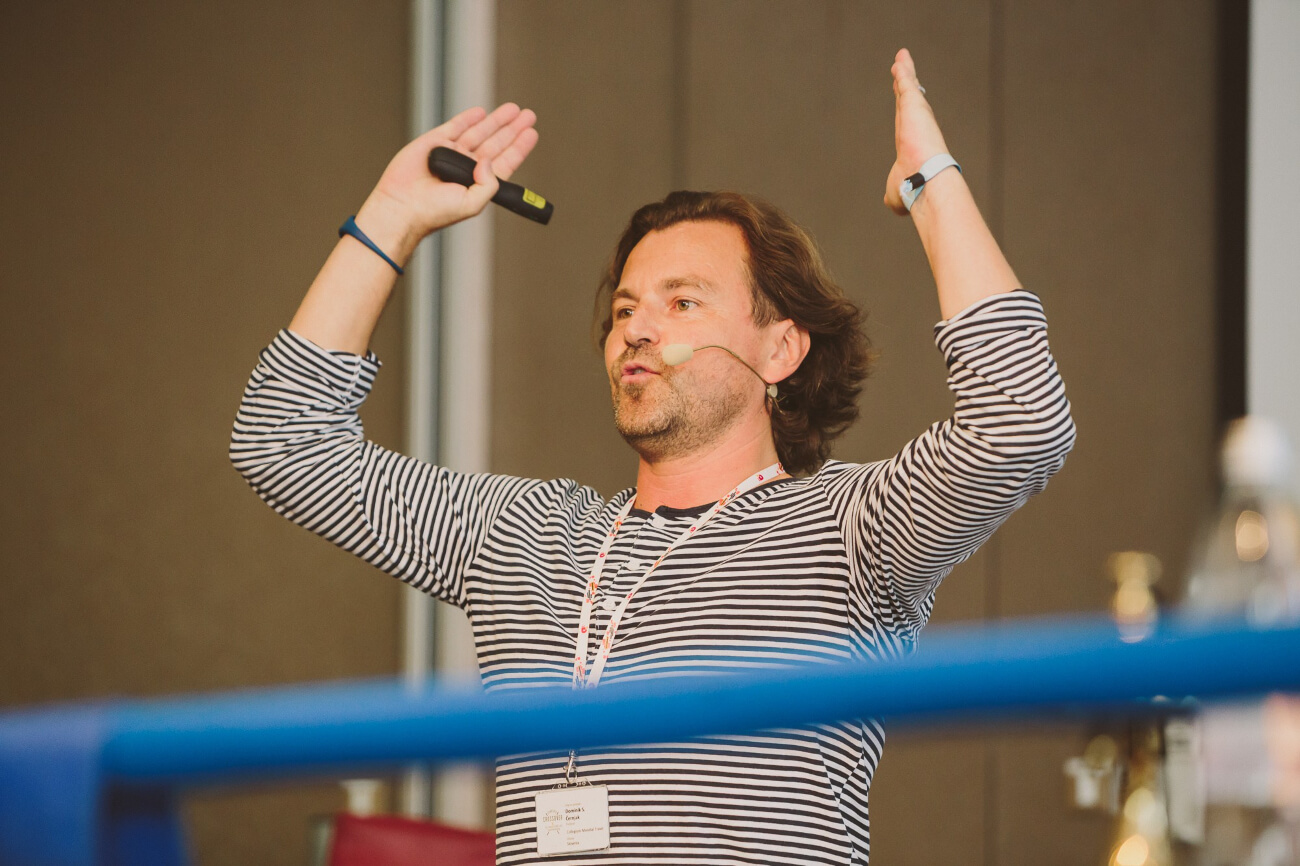
They tackled topics ranging from content marketing to the importance of customer experience, social and digital marketing and success stories. In line with Mike van der Vijver’s recommendations on maximizing speakers’ impact, the Conventa team came up with various session formats that enabled the presenters to deliver their story in an interactive way.
More on this in the next session.
Innovative session formats
No matter how engaging your keynote speakers might be, using just one session format will not be effective. You need to offer people diversity to keep them engaged, but also to give speakers flexibility in their delivery. The Crossover team used seven different session formats:
Pecha Kucha
20 slides x 20 seconds. Fast-paced. Lively. Energy-filled. Pecha Kucha was delivered over the Content bar.
Pitching competition
To expose the audience to potential disruptors in tourism and hospitality, there were five pitching startups presenting their projects in less than 2 minutes. The audience then appointed a winner with the best idea in a live poll.
TED-style presentations
These were presentations on the future of the events industry capped by an 18:00-minute mark.
Interactive keynote
This was a presentation on the major technological trends ranging from AI to robots. To make the audience part of the story, Jan-Jaap introduced the topic by crowd-sourcing participants’ takes on the future. After the talk, he got their feedback through live polls on the trends that they felt would impact the events industry the most.
Q&A in the ring
The marketing ring talks were followed by the Q&A sessions. To maximize their effectiveness, Jan-Jaap crowd-sourced the topics and questions that the audience was most interested in discussing.
Panel on a barrel
This lively discussion on the future of luxury travel was conducted while presenters were seated on barrels. People loved this idea.
Workshop
The second day opened with two workshops that allowed participants to deep dive into their topics of interest.
Event technology
The last piece of the interaction puzzle was technology. And as Jan-Jaap mentioned at one point during the event, using event technology is like the last piece of the jigsaw that you need in order to complete the picture.
To execute his meeting design, Jan-Jaap leveraged a number of complementing event technology tools to maximize the audience engagement. While Jan-Jaap tossed around Catchbox to get instant audience reactions, he used Slido engage people with live polls as well as to crowdsource the best questions in order to maximize the effectiveness of the Q&A time.
Finally, Mash Machine literally brought people together in the process of music creation and thus added another layer of togetherness.
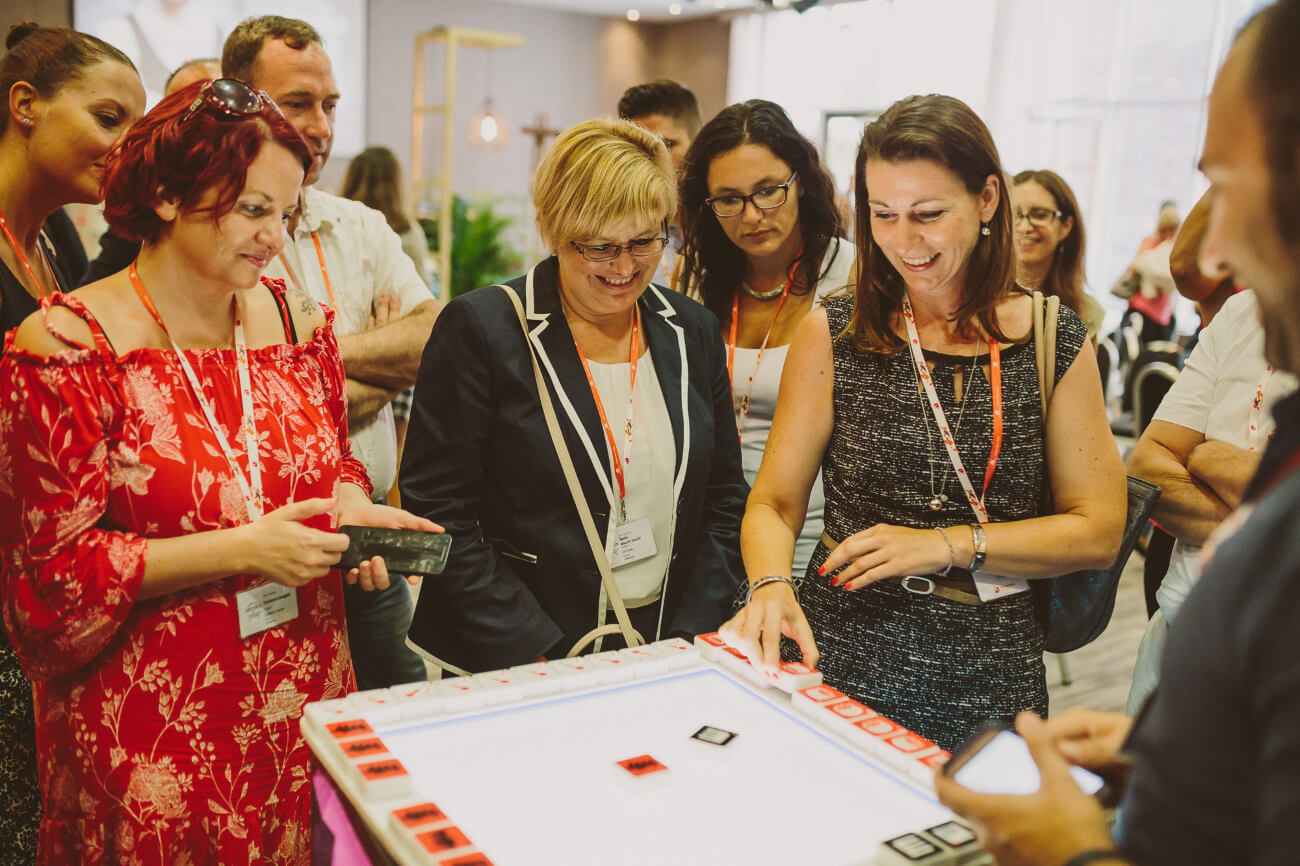
Wrap up
The team behind Conventa Crossover inspired the delegates with their bold concept and brilliant execution. The fact that over 85% of the audience got engaged proved that the mix of innovative formats, great facilitation, and well-implemented technology worked like magic. We can’t wait to see more event planners jump on the bandwagon heading towards interactive events that inspire.
